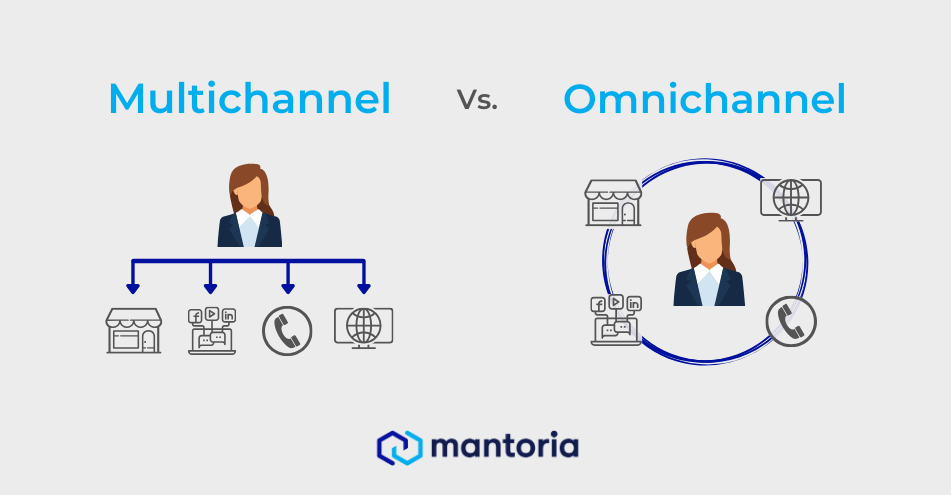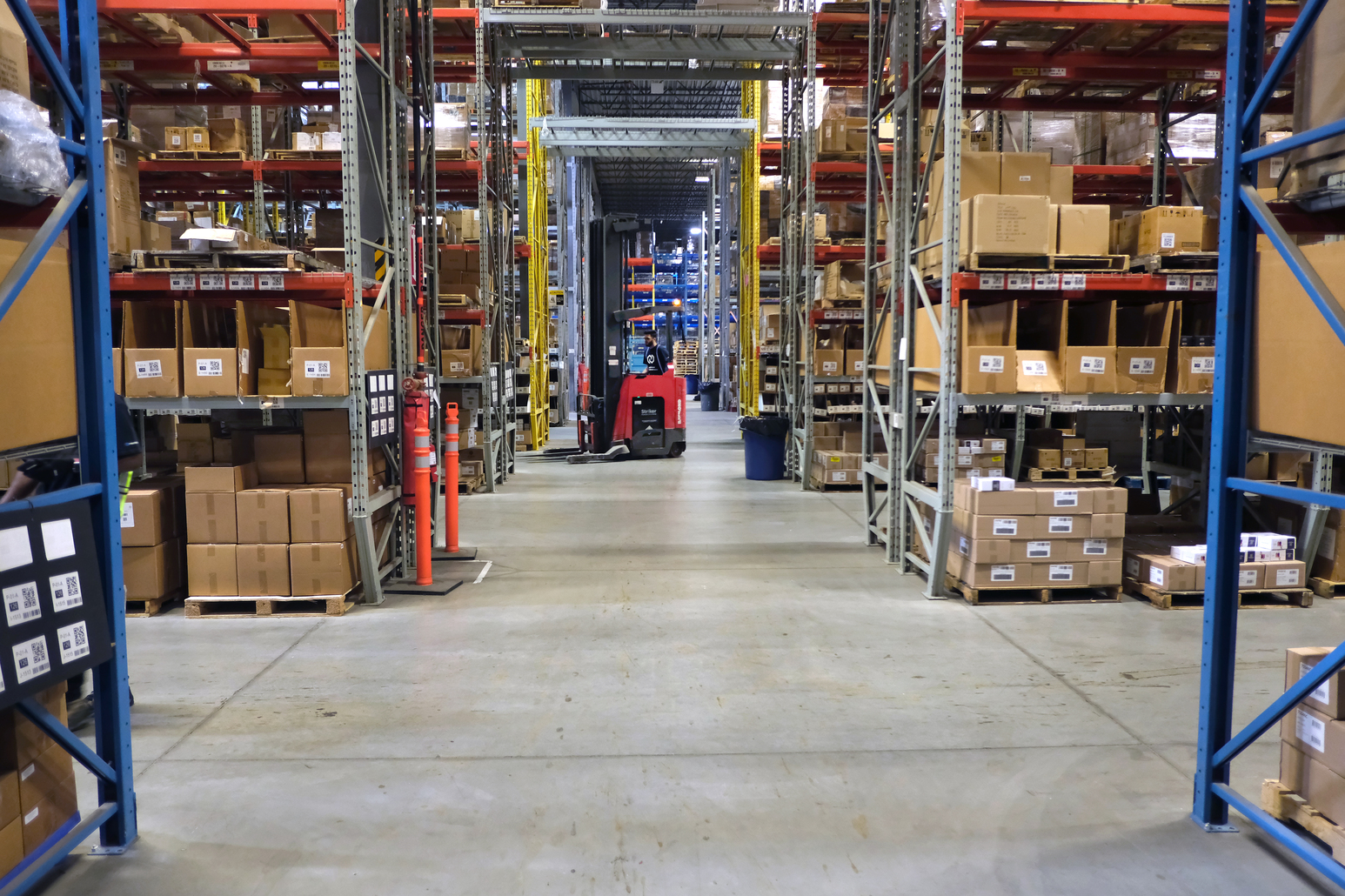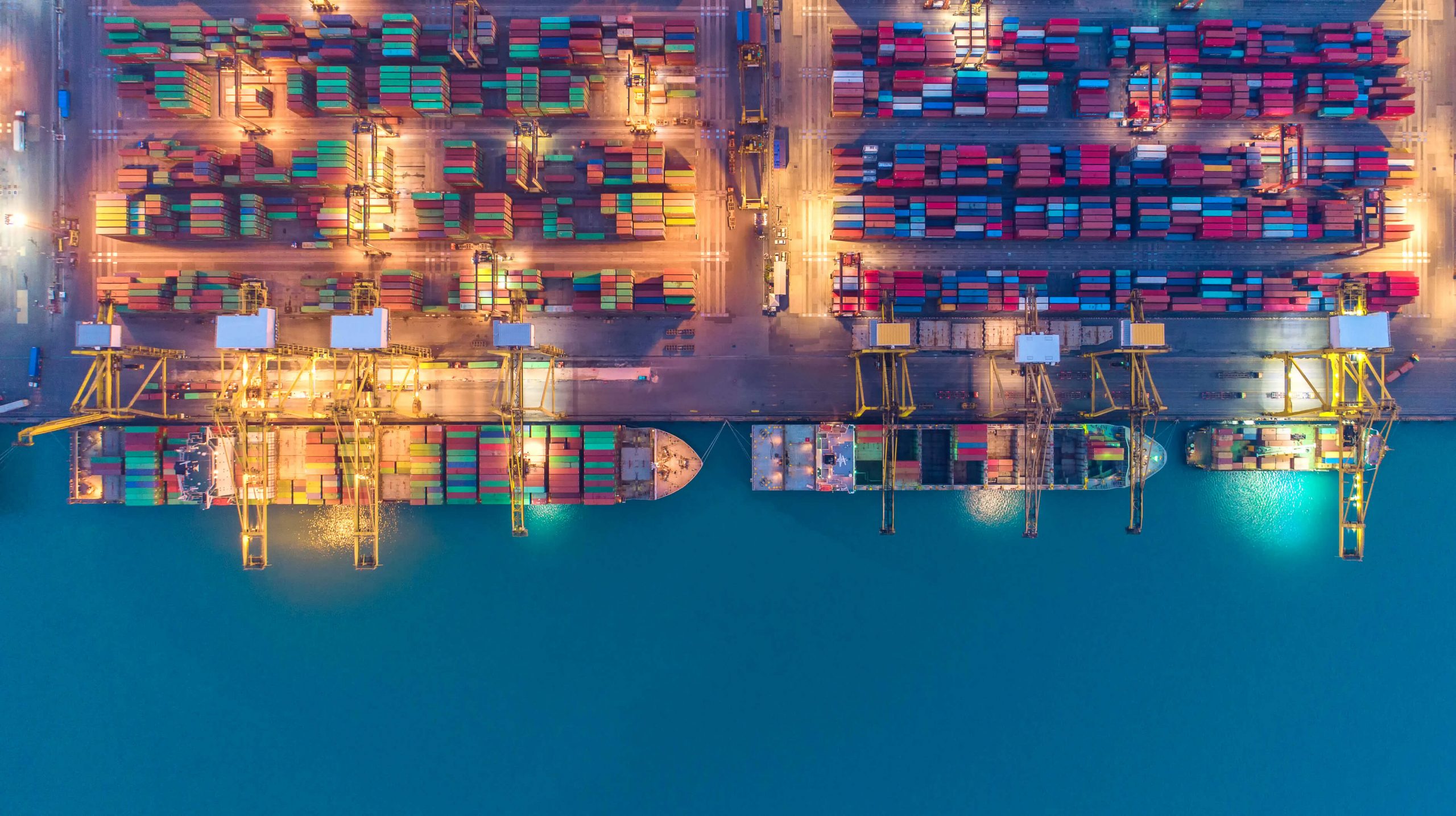Never have merchants been so concerned about where to sell, and how fast to deliver since the beginning of the pandemic. Though ecommerce has become synonymous with increasing competition, it has not yet managed to make physical stores obsolete. In fact, research shows that opening a store at a new location increases traffic to a retailer’s website. People still enjoy going to stores, but they get discouraged when an item is unavailable, or if it takes too long to reach their doorstep. Visibility, availability, and fast delivery are the new standard, and all three aspects are equally important.
To be successful in this ecommerce era, a retailer must maximize sales across channels without one channel outshining the other. It is possible with an integrated consumer-centered model that aims to facilitate instant sales. In logistics, this newest distribution model is called the omnichannel model.
Multichannel vs. Omnichannel Sales Model
A channel is how the goods are made accessible—directly or indirectly—to the consumer: on display at a store, on an app, on Amazon, or a retailer’s website. For each channel, the consumer may choose among delivery options to simplify access to the goods (e.g., in-store pickup, two-day shipping).

In theory, all channels would provide consumers with the same inventory, prices, and delivery options. That is what logistics experts call a multichannel model: each channel works independently, with its own inventory, marketing strategies, target sales, and customer service trends. In practice, the reality is far from that. One channel tends to be more successful than others. Plus, retailers tend to use only one or two channels, with an exponential number of businesses developing solely online.
The multichannel and its limitations
Selling on multiple channels is great to increase a retailer’s visibility, but it does not necessarily make people complete purchases. Examples of this model’s limitations are plenty. For instance, retailers may invest more in marketing for their stores instead of their website, which may not always be up-to-date. They may also keep more inventory available for online sales; meanwhile, very few quantities are available in stores. Inventory may differ from one channel to the other, and the overall consumer experience may be negatively impacted because of inconsistency.
Why Switch to the Omnichannel Distribution Model
The omnichannel distribution model connects all channels together. It is consumer-centered and aims to satisfy buyers on all fronts. This model provides consumers with inventory visibility, adapted delivery options, and the best consumer experience. It is not how well sellers perform on each channel individually that creates faithful buyers, but how well they perform on all of them interdependently. All channels are equal components of the business’s success.
Like the multichannel model, the omnichannel has its own set of limitations, which will be addressed in the next blog post. Yet so far, it has proven to be the most sustainable distribution model to keep customers. To learn more about successfully implementing the omnichannel model in your operations with the help of our logistics and fulfillment experts, follow our blog, our LinkedIn and our Twitter page for the latest updates on the topic.



